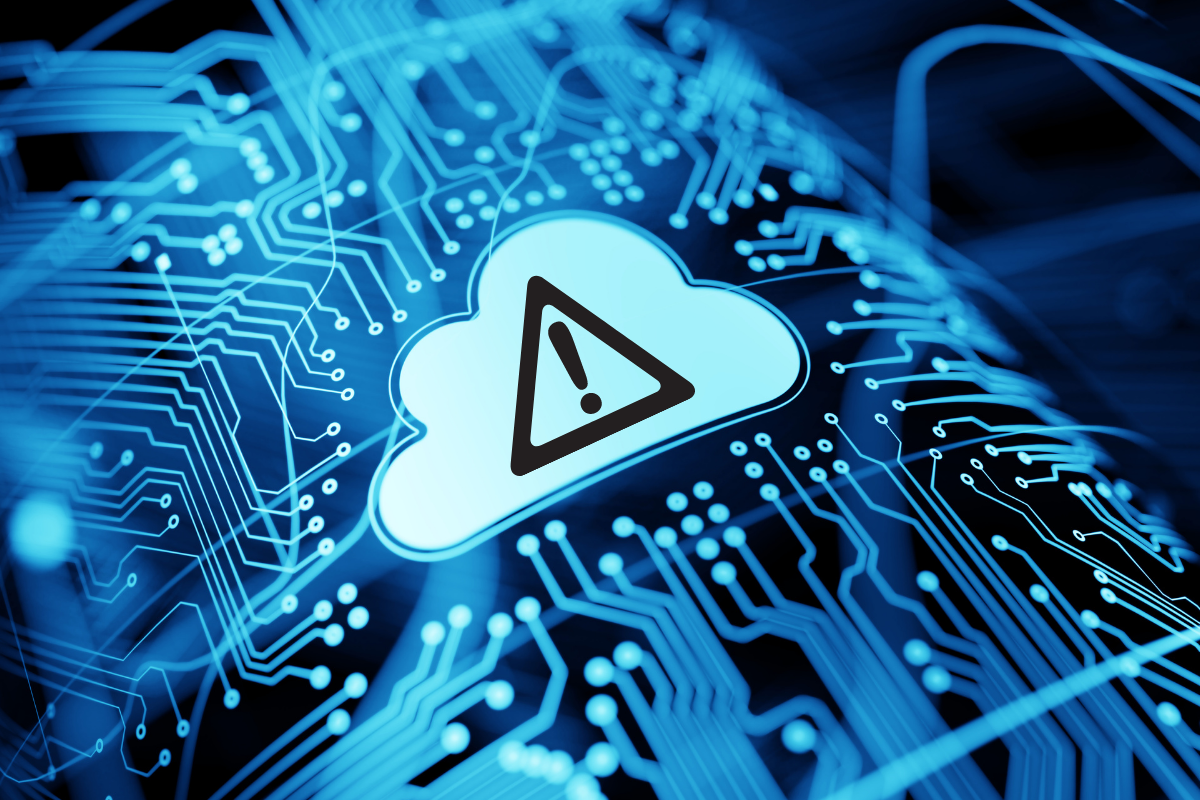As the world shifted its business operations to online platforms and cloud solutions, the world of cybercrime was watching. Ransomware isn’t a new concept in the cybersecurity sector, but just like every other threat in cyberspace, ransomware is evolving and finding new ways to affect our cloud-based apps and data. Here’s what you need to know about cloud ransomware.
What is Cloud Ransomware?
The use of enterprise data – data shared by different users in a team or organization across departments and/or geographic regions – and the push to create more remote work opportunities means that cloud computing and data storage has become an integral part of business operations and continuity.
Some businesses even host their entire infrastructure in the cloud, which means there is a lot of rich data stored there that hackers want to steal or exploit.
Cloud ransomware is a type of malware that infects your cloud system and is deployed with the intent to block access to applications, data, and environments. Once the owner is blocked from accessing their own assets, the attacker typically sends a message demanding payments be made in order for the assets not to be destroyed, corrupted, or shared publicly.
How Does Cloud Ransomware Affect My Cloud?
Because the cloud hosts a huge amount of data – and successful ransomware attackers are looking for the data and applications that are critical to your operations, so you will be more incentivized to pay the ransom.
Many attackers are now focusing their attention on your virtual workspaces. Rather than hosting your entire remote workforce on slow, dated VPNs (virtual private networks), many teams are now using Virtual Desktop Infrastructure (VDI) or using DaaS (Desktop-as-a-Service) – both of which are hosted in the cloud.
Protect Your Data Against Cloud Ransomware
Cloud ransomware attackers are aware that being able to access your cloud data is like the holy grail. Very few companies keep all of their consumer, corporate, order and sales, IoT, and other data and analytics on-premises. And cloud storage is still growing by leaps and bounds, aided by the onset of the coronavirus pandemic, social distancing, and varying degrees of opinion on vaccine mandates. So bad actors know your important data is making its way to the cloud, and they are following it.
But there’s good news – there are lots of ways to protect your data against a cloud ransomware attack.
The first thing you need to do is be aware of the responsibility you hold versus your cloud provider. Just because you chose a reputable cloud provider doesn’t mean you are absolved of the responsibility to maintain a secure perimeter around and within that cloud. Go through your cloud agreement, or talk with a representative from your provider before you assume too much of your provider and end up having to deal with a costly or dangerous data breach.
Other best practices for ensuring the integrity of your cloud data is intact include continuously updating your operating system, employing sufficient web filtering, and garnering and testing workable tech support, backup, and disaster recovery plans and protocols.
Secure Your Cloud Data with CyberFort
Did you know that the average cost per compromised record is $158? And when you multiply that by the thousands or even millions of files that your business has stored on private servers or in the cloud, it adds up quickly. That’s why it’s important to have the best tools and people in place to protect your data from cloud ransomware attacks and other threats.
CyberFort’s Data Security Services are created to ensure that your business doesn’t have to deal with losing market share, important data, or customer trust by using the following tools:
- Data loss prevention
- File activity monitoring
- Endpoint security
- User activity monitoring
- Enterprise mobility management
Contact us today to get a network threat assessment.

